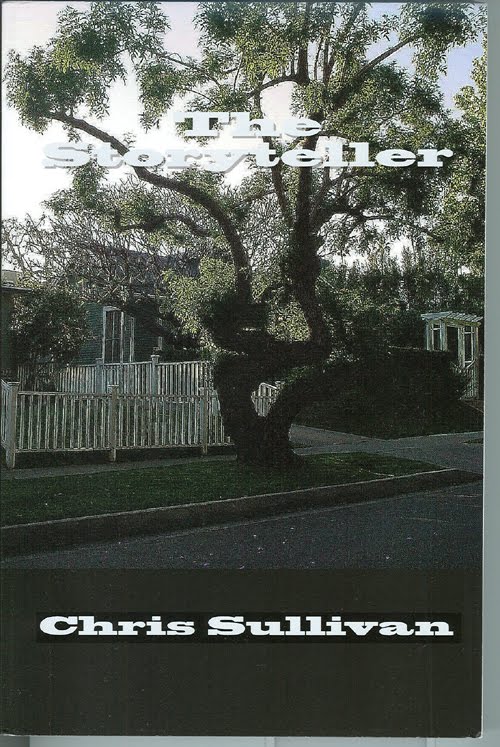The Zimmermann Telegram.
Here's a little tale for
you; you may find it interesting, you may not, but I am only passing
it on as I'm no expert.
The name Zimmerman is in
the news a lot in America these days; up to now the only living
Zimmerman I'd heard of was Bob Dylan but then the other day, with all
the talk about America spying on its allies and nemeses (if that is,
indeed, the plural of nemesis), I was reminded about The
Zimmermann Telegram.
The Zimmermann (2 Ns)
Telegram is one of those things that have been planted in my brain
like The Dunbar Number, The Birmingham Six, The
Guildford Four or The Renault 5 – where did that last
one come from?
It was a coded telegram (above in its various states), written by Zimmermann, who was the Foreign Secretary of the German Empire, on January sixteenth asking Mexico to join forces with the Germans – the Central Powers.
Revelation of the contents outraged American public opinion and helped generate support for the United States declaration of war on Germany in April.
Here is
the text of it:
- "We intend to begin on the first of February unrestricted submarine warfare. We shall endeavour in spite of this to keep the United States of America neutral. In the event of this not succeeding, we make Mexico a proposal of alliance on the following basis: make war together, make peace together, generous financial support and an understanding on our part that Mexico is to reconquer the lost territory in Texas, New Mexico, and Arizona. The settlement in detail is left to you. You will inform the President of the above most secretly as soon as the outbreak of war with the United States of America is certain and add the suggestion that he should, on his own initiative, invite Japan to immediate adherence and at the same time mediate between Japan and ourselves. Please call the President's attention to the fact that the ruthless employment of our submarines now offers the prospect of compelling England in a few months to make peace." Signed, ZIMMERMANN.
- At the start of the war the Germans used unrestricted submarine warfare which allowed armed merchant ships – but not passenger ships – to be torpedoed without warning.
- But they attacked a French cross channel passenger ferry called The Sussex and a number of passengers were killed. So the USA negotiated with the Germans an agreement called The Sussex Pledge.
- This was as follows:
- Passenger ships would not be targeted;
- Merchant ships would not be sunk until the presence of weapons had been established, if necessary by a search of the ship;
- Merchant ships would not be sunk without provision for the safety of passengers and crew.
- As you can see in the telegram the Germans were going to start their unrestricted submarine warfare again and wanted the Mexicans to take the USA's attention away from that by declaring a war with them.
- The Germans couldn't contact the Mexicans directly so the message was delivered to the US Embassy in Berlin and then transmitted by diplomatic cable to Copenhagen and then to London for onward transmission over transatlantic cable to Washington. That's when it was intercepted and decoded.
- The telegram was decoded by British cryptographers of Room 40.
- Room 40, also known as 40 O.B. (Old Building) (latterly NID25), was the section in the Admiralty most identified with the British cryptographers effort during the The First World War.
- According to David Kahn, author of The Codebreakers, "No other single cryptanalysis has had such enormous consequences." It is his opinion that "never before or since has so much turned upon the solution of a secret message."
- The interception gave Britain a problem; they didn't want the Americans to know how they had come up with the information; Britain, because of the war, had cut the Atlantic Cable but the USA begged them to leave a way that Germany could contact their embassy in Washington DC as the American President reckoned he could bring about a peace through negotiation.
- In other words they were spying on the Americans on the QT; well it would have to be on the QT wouldn't it as you don't tell people you are spying on them; I mean it just wouldn't be cricket would it?
- But there again, even though they were neutral, America's official neutrality involved trading with all belligerents.
- As it happens, Mexico ignored the proposal and, after the USA entered the war, officially rejected it.
- I found it interesting and I believe there are books about it if you are interested.
- Mexican territory in 1917 (dark green), territory promised to Mexico in the Zimmermann telegram (light green), the pre-1836 original Mexican territory (red line).





Yes I know I put tail instead of tale but I changed it before many of you noticed.
ReplyDeleteI'm never sure if the Zimmermann Telegram was an elaborate XX, or the genuine article, given the protestations from the Germans once the Telegram became public knowledge. If Naval Intelligence had broken the German code was the Telegram a concoction of the truth with a twist? Shades of telegrams and US/UK Japanese intercepts of late 1941?
ReplyDelete